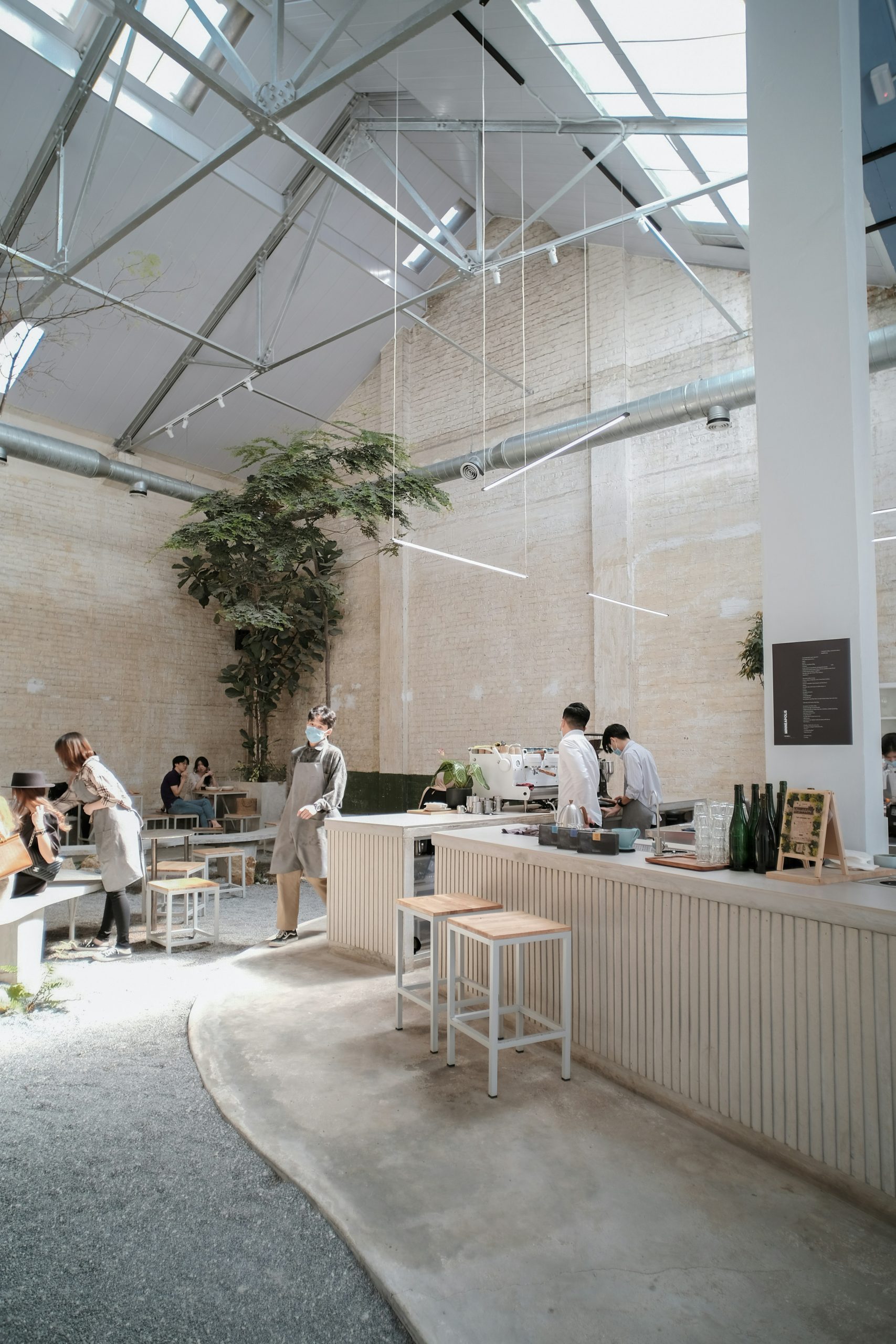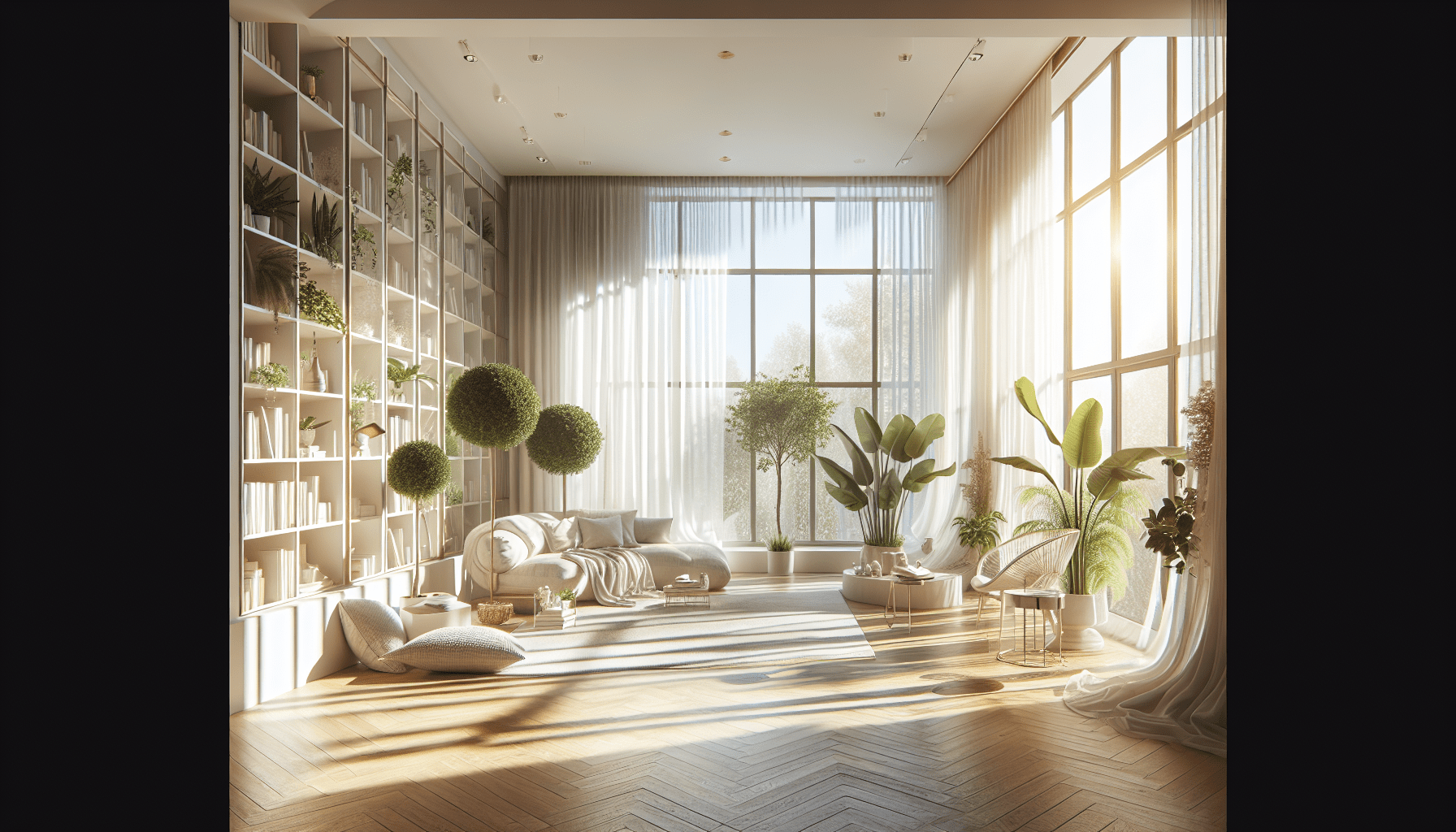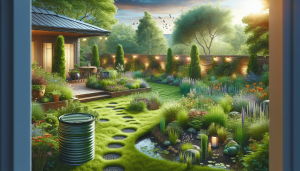How Can I Incorporate Natural Lighting In My Home?” is an illuminating guide that walks us through practical and stylish ways to bring more natural light into our living spaces. By exploring thoughtful design choices, window treatments, and room layouts, we can transform our homes into brighter, more welcoming environments that enhance our well-being. Let’s dive into this guide and discover how to make the most of the natural light available to us, so our homes can shine with a warm, inviting glow. How Can I Incorporate Natural Lighting In My Home?
Do you ever find yourself wondering how you can bring more natural light into your home? Natural lighting not only brightens up the space but also has numerous health benefits, from boosting our mood to improving our sleep quality. Plus, it can save on electricity bills! So, let’s dive into the various ways we can enhance our living spaces with natural light.
Understanding the Impact of Natural Light
Natural light affects our home environment and well-being in numerous ways. It’s essential to fully grasp these benefits before integrating more natural light.
Health Benefits
Incorporating natural light can significantly improve our overall health. Exposure to sunlight helps our body produce vitamin D, which is crucial for bone health and immune function. Sunlight exposure also helps regulate our circadian rhythms, improving our sleep patterns and mood.
Economic Advantages
Utilizing natural light can also be a cost-effective measure. By relying more on daylight and less on artificial lighting, we can reduce our energy consumption and save on electricity bills. Natural lighting can also increase the resale value of our homes.
Aesthetic Improvements
Natural light can completely transform the look and feel of our homes. It enhances colors, creates a sense of space, and makes interiors appear more inviting. Strategically incorporating natural light can highlight architectural features and decor that might otherwise go unnoticed.
Assessing Your Home’s Current Lighting
Before we make any changes, we need to evaluate our current lighting situation. Understanding where and how natural light enters our home can help us make informed decisions.
Conduct a Room-by-Room Analysis
Walk through each room at different times of the day to observe how natural light changes. Take notes on which areas receive the most and the least light. Understanding the direction your windows face can also provide insights into how sunlight enters your home.
| Room | Morning Light | Afternoon Light | Notes |
|---|---|---|---|
| Living Room | Good | Excellent | Faces south, large windows |
| Kitchen | Poor | Average | Faces east, small window |
| Bedroom | Excellent | Good | Faces west, double windows |
| Bathroom | Poor | Poor | Faces north, no windows |
Identify Light Obstacles
Notice any furniture, trees, or architectural elements that might block natural light. For example, a large entertainment center might block a window, or thick curtains may limit light entry. Identifying these obstacles can help us formulate strategies to maximize light intake.

Maximizing Existing Windows
Windows are the primary source of natural light in our homes. By enhancing existing windows, we can boost the amount of daylight entering our spaces.
Window Treatments
Choosing the right window treatments can make a world of difference. Opt for sheer curtains or light-colored blinds that let light in while maintaining privacy. Avoid heavy drapes unless absolutely necessary.
Clean Windows Regularly
Dirty windows can significantly reduce the amount of sunlight that enters our homes. Regularly cleaning windows ensures maximum light transmission.
Use Window Films
Consider applying window films that can reflect UV rays while allowing natural light to pass through. These films can protect our furniture from fading and reduce heat gain without compromising on daylight.
Adding New Windows
If our current windows aren’t cutting it, we might want to think about adding new ones. This may include installing larger windows, adding skylights, or even creating entirely new window openings.
Larger Windows
Replace small windows with larger ones to increase light entry. Floor-to-ceiling windows are particularly effective in brightening interior spaces.
Skylights and Sun Tunnels
Installing skylights or sun tunnels is a fantastic way to bring light into areas that otherwise receive little to no natural light. Skylights are perfect for rooms directly under the roof, while sun tunnels can channel light to lower floors.
Custom Window Placement
Adding new windows in strategic locations can enhance natural lighting. For example, installing windows on both sides of a room can allow sunlight to flow freely and eliminate dark corners.

Using Reflective Surfaces
Reflective surfaces can amplify natural light and distribute it throughout our homes. Using mirrors and light-colored materials can make our spaces feel brighter and more open.
Mirrors
Strategically placing mirrors opposite windows can reflect natural light and create the illusion of additional windows. Larger mirrors can make small rooms appear more spacious and luminous.
Light-Colored Walls and Ceilings
Painting walls and ceilings in light colors will help reflect natural light. White, off-white, and pastel shades are particularly effective.
Glossy Finishes
Incorporate glossy or semi-gloss finishes in your decor to reflect more light. This can include furniture, fixtures, and even floor tiles.
Interior Design Adjustments
Thoughtful interior design can greatly enhance natural light distribution. Furniture placement, color schemes, and material choices all play a role.
Minimalist Decor
Clutter-free spaces tend to look brighter. Adopt a minimalist approach to decor by keeping only essential items, which will prevent shadows and allow light to flow freely.
Open Floor Plans
If feasible, consider an open floor plan that allows natural light to move unhindered from one room to another. Removing unnecessary walls and barriers can maximize light diffusion.
Light Furniture
Opt for light-colored furniture and accessories to maintain a bright and airy feel. Dark furniture can absorb light and make spaces feel more confined.

Utilizing Outdoor Spaces
Our outdoor environments can significantly impact the natural light that enters our homes. By managing landscaping and outdoor structures, we can optimize light flow.
Prune Trees and Shrubs
Trim trees and bushes that block sunlight from entering our windows. This simple step can significantly increase the amount of natural light indoors.
Use Reflective Landscaping Features
Incorporate reflective elements like light-colored pavement or water features that can bounce light into nearby windows.
Optimize Patio and Deck Designs
Position decks and patios to enhance light entry into adjacent rooms. Use materials that reflect rather than absorb sunlight.
Technology and Smart Solutions
Utilizing modern technology can assist us in optimizing natural light in our homes. Smart home systems and advanced building materials can adapt to changing light conditions.
Smart Blinds and Shades
Install smart blinds or shades that can automatically adjust to changing sunlight levels throughout the day. These systems can help maximize light entry while maintaining comfort.
Daylighting Systems
Advanced daylighting systems like light shelves or reflective louvers can direct sunlight deeper into our homes. These systems can adjust to the sun’s position and provide consistent natural light.
Smart Home Integration
Consider integrating natural light optimization into your smart home system. Automated controls can manage window treatments, skylights, and other elements to maintain ideal lighting conditions.

DIY Projects for Natural Light
For those of us who enjoy a hands-on approach, several DIY projects can enhance natural lighting in our homes. Here are a few ideas to get started.
Create Light Wells
Digging light wells can bring natural light into basements or lower floors. Lined with reflective materials, these wells can channel sunlight effectively.
Install Glass Interior Doors
Replace solid doors with glass panels or doors to allow light to pass through rooms. Frosted or textured glass can offer privacy while maintaining light flow.
Build Transom Windows
Adding transom windows above doorways can brighten hallways and interior spaces without major structural changes.
Sustaining Natural Light in All Seasons
Consistency is key. Natural light varies with seasons, and we need strategies to maintain optimal light throughout the year.
Seasonal Adjustments
Adjust window treatments and reflective surfaces seasonally to optimize light entry. For instance, in summer, lighter curtains can be used, while in winter, we might opt for heavier drapes to retain warmth while allowing some light.
Maintenance Routine
Develop a routine for maintaining windows and reflective surfaces. Regular cleaning and minor adjustments can sustain bright interiors year-round.

Conclusion
Integrating natural lighting in our homes offers myriad benefits, from improved well-being to energy savings and aesthetic enhancements. By understanding our current lighting situation and making thoughtful adjustments, we can create brighter, more inviting living spaces. Whether maximizing existing windows, adding new ones, or leveraging smart technology, there are countless ways to let the sunshine in. So let’s get started on making our homes a beacon of natural light!



